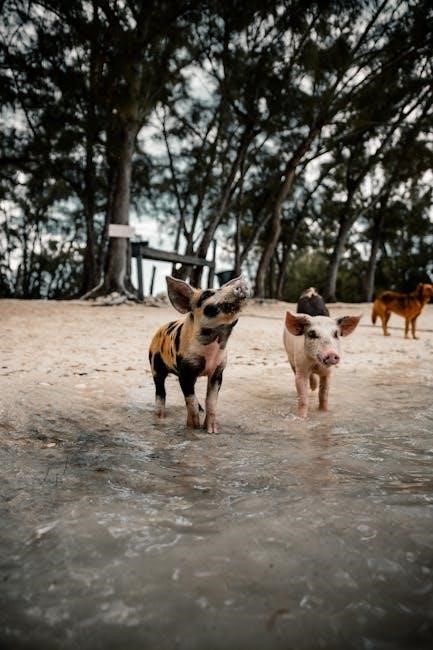The Three Little Pigs is a classic fairy tale about three pigs building houses of straw, sticks, and bricks to outsmart a hungry wolf.

Plot Summary of the Three Little Pigs
Three little pigs build houses of straw, sticks, and bricks. A hungry wolf blows down the first two houses, eating the pigs, but the third pig survives in his strong brick house.
The First Little Pig and the Straw House
The first little pig, seeking quick shelter, built his house with straw. He thought it would save time and effort, but the big bad wolf easily huffed and puffed, blowing the straw house down. The pig narrowly escaped and ran to his brother’s stick house, realizing too late that his laziness had nearly cost him his life. This event marked the beginning of the wolf’s relentless pursuit, showcasing the consequences of taking shortcuts and the importance of preparation.
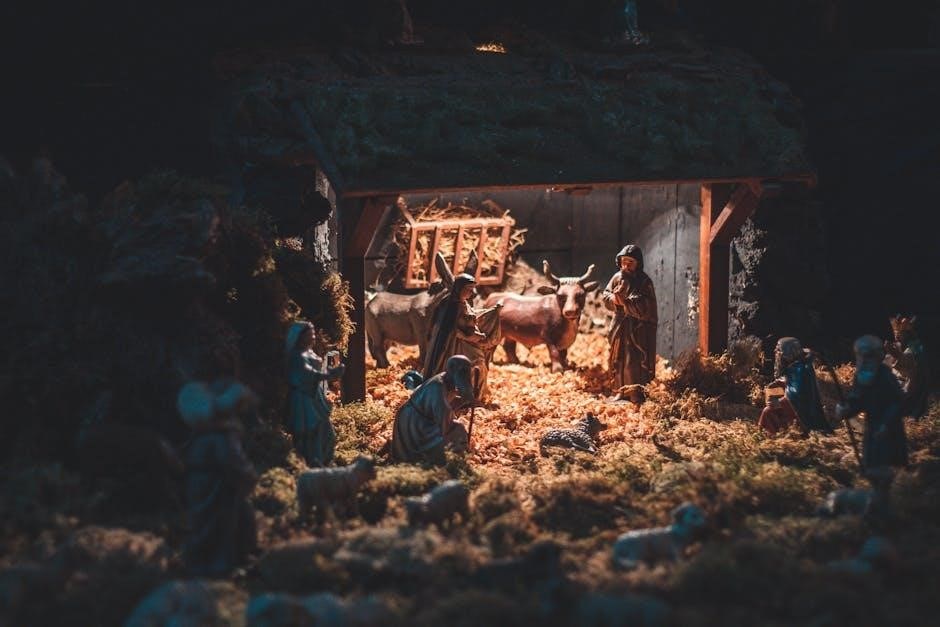
The Second Little Pig and the Stick House
The second little pig, slightly more ambitious, built his house with sticks. Though stronger than straw, the stick house still could not withstand the big bad wolf’s fierce huffing and puffing. The wolf easily blew it down, forcing the second pig to flee to his brother’s brick house. This incident highlighted the second pig’s lack of foresight, as his choice of sticks, while better than straw, was still inadequate against the wolf’s determination. The failure of the stick house served as a clear lesson about the consequences of not preparing thoroughly, leading to a frantic escape and reliance on his brother’s wisdom.
The Third Little Pig and the Brick House
The third little pig, being the most diligent, constructed his house with bricks, ensuring it was strong and secure. When the big bad wolf attempted to blow it down, the brick house stood firm, protecting the pig inside. This wise decision showcased the third pig’s foresight and hard work, ultimately saving him and his brothers from the wolf’s threats. The brick house became a symbol of preparedness and resilience, teaching a valuable lesson about the importance of investing effort into securing one’s safety and future.
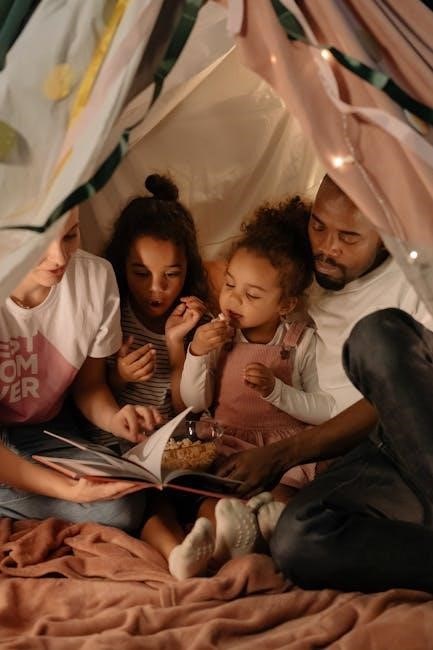
Characters in the Story
The story features the three little pigs, each with distinct personalities, and the big bad wolf, who serves as the main antagonist trying to eat them.
The Big Bad Wolf
The big bad wolf is the main antagonist, known for his cunning attempts to eat the three little pigs. He is relentless, using deception and brute force to achieve his goals. The wolf’s iconic huffing and puffing to blow down houses has become a hallmark of the story. His character serves as a cautionary figure, highlighting the dangers of greed and laziness. In various adaptations, the wolf’s personality varies, but his role as a menacing predator remains consistent. His actions drive the plot, teaching valuable lessons about preparation and resilience. The wolf’s enduring presence in the story underscores his significance as a cultural icon.
The Three Little Pigs
The three little pigs are the protagonists, each with distinct personalities and approaches to life. The first pig is often portrayed as lazy and careless, quickly building a straw house. The second pig, slightly more ambitious, constructs a stick house but still lacks foresight. The third pig is diligent and wise, building a strong brick house that withstands the wolf’s attacks. Their actions exemplify themes of hard work and preparation versus laziness and greed. The pigs’ journey teaches valuable lessons about responsibility and planning, making them beloved characters in children’s literature. Their story remains a timeless moral guide for readers of all ages.
Themes and Lessons from the Story
The story emphasizes hard work, preparation, and consequences of laziness, teaching that diligence leads to safety and success, while shortcuts can result in vulnerability and failure.
Hard Work and Preparation
The story highlights the importance of hard work and preparation through the third little pig, who diligently builds a strong brick house. His effort ensures safety when the wolf attacks. The first two pigs, who quickly constructed houses of straw and sticks, faced destruction due to their laziness. This contrast teaches that preparation and effort are crucial for overcoming challenges and achieving lasting security. The third pig’s foresight and dedication serve as a moral lesson, encouraging readers to value hard work and planning in their own lives.
Greed and Laziness
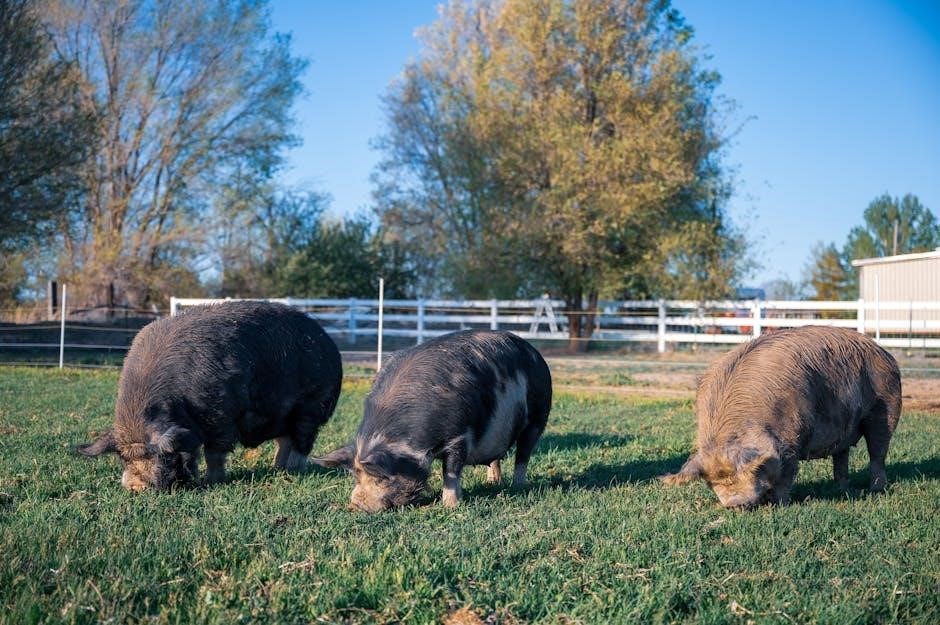
The story illustrates the consequences of greed and laziness through the first two little pigs. The first pig, driven by greed, quickly builds a straw house to have more time for leisure, while the second pig, equally lazy, constructs a stick house. Both houses are easily destroyed by the wolf, highlighting their lack of foresight. Their desire for quick results leads to their downfall, teaching a lesson about the dangers of prioritizing short-term gains over long-term security. The third pig’s diligence contrasts sharply with their laziness, emphasizing the importance of hard work and preparation over hasty, self-serving decisions.
The Three Little Pigs Story in PDF Format
The Three Little Pigs story is widely available in PDF format for free download, offering a convenient way to enjoy the classic tale digitally;
Downloading the PDF Version
The PDF version of The Three Little Pigs can be easily downloaded from various online platforms, including free ebook websites and educational resources. Many sites offer the story for free, making it accessible to readers worldwide. Platforms like Free Kids Books and LitRes provide direct links to download the PDF, ensuring a seamless experience. Additionally, some versions include interactive elements or illustrations, enhancing the storytelling experience for children. Users can search for “The Three Little Pigs PDF” on their preferred search engine to find reliable sources. Once downloaded, the PDF can be read on devices like smartphones, tablets, or computers, making it a convenient option for on-the-go reading. This format also allows for easy sharing and printing, making it a popular choice for educators and parents alike. The availability of multiple editions ensures that readers can choose the version that best suits their needs, whether for personal enjoyment or educational purposes.
Benefits of Reading the PDF
Reading the PDF version of The Three Little Pigs offers numerous benefits, particularly for children and educators. The digital format allows for easy access on various devices, making it portable and convenient. Interactive elements in some versions enhance engagement, while colorful illustrations and clear text cater to young readers. The story’s moral lessons on hard work and preparation are effectively conveyed through the PDF, making it a valuable educational tool. Additionally, the ability to print or share the PDF makes it ideal for classroom activities or bedtime stories. Its accessibility ensures that the timeless tale reaches a wider audience, promoting learning and enjoyment for all ages.
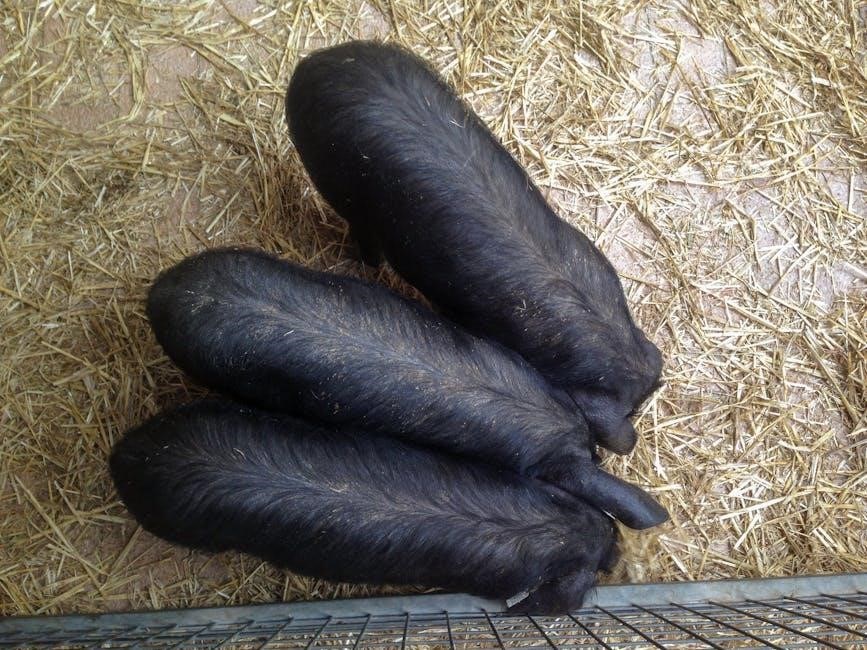
Cultural Impact of the Story
The Three Little Pigs has become a cultural phenomenon, inspiring films, stage plays, and educational materials. Its timeless lessons and engaging narrative continue to captivate global audiences.
Modern Adaptations
The Three Little Pigs story has been reimagined in various modern forms, including animated films, stage plays, and interactive digital books. A Nosy Crow animated storybook offers a fresh twist, blending traditional elements with modern technology. Additionally, a musical adaptation by Derby Dinner Playhouse has been scheduled, showcasing the story’s enduring appeal. These adaptations often retain the original moral lessons while introducing new creative elements to captivate contemporary audiences. The story’s versatility allows it to transcend generations, making it a timeless tale for both children and adults. Its ability to evolve ensures its relevance in today’s diverse media landscape.
Educational Uses
The Three Little Pigs story is widely used in educational settings to teach moral lessons and language skills. Teachers incorporate the tale into lesson plans to emphasize themes like hard work, preparation, and consequences. Interactive PDF versions, such as those from the Core Knowledge Foundation, provide engaging resources for classroom activities. The story’s repetitive structure and simple language make it ideal for early readers. Additionally, it is used to discuss cultural adaptations and storytelling techniques. Educational institutions often pair the story with exercises in critical thinking, encouraging students to reflect on the characters’ choices and outcomes. Its versatility makes it a valuable tool for diverse learning objectives.
The Three Little Pigs story remains a timeless tale, offering valuable lessons about hard work, preparation, and the consequences of laziness. Its engaging narrative and moral themes make it a beloved story across generations. The availability of PDF versions, such as those from the Core Knowledge Foundation, ensures easy access for readers of all ages. This story not only entertains but also educates, making it a versatile resource for both personal enjoyment and educational purposes. Its cultural impact and enduring popularity highlight its significance in children’s literature, ensuring its continued relevance in modern times.
